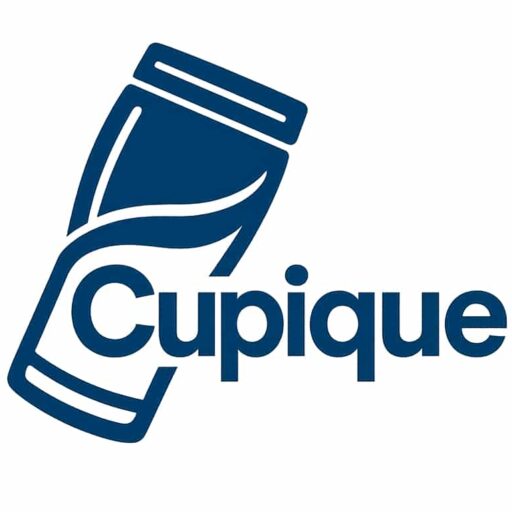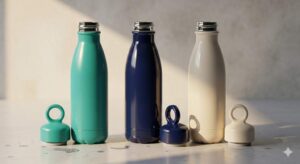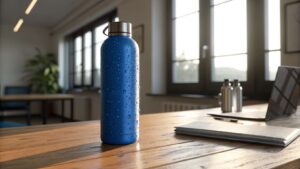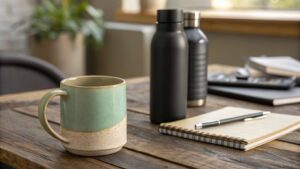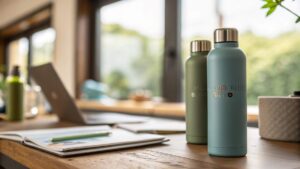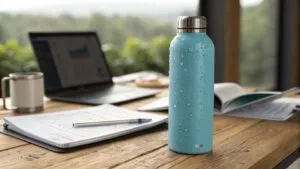
Stainless steel water bottles are generally safe for everyday use. High-quality food-grade stainless steel (304/18-8 or 316 grade) contains no BPA, is non-porous, non-leaching under normal conditions, and is highly durable. Regular cleaning is recommended to maintain hygiene rather than due to material degradation.
As a manufacturer with over a decade of experience in stainless steel drinkware, I've seen firsthand how material quality directly impacts safety. Let's dive into the most common questions about stainless steel bottle safety, backed by industry standards and scientific understanding.
Stainless steel water bottles are safe for everyday useTrue
High-quality stainless steel is non-toxic and does not leach under normal conditions.
Stainless steel water bottles require frequent replacement due to material degradationFalse
Regular cleaning is recommended for hygiene, not due to material degradation.
Is There BPA in Stainless Steel Water Bottles
Parents and health-conscious consumers worry about BPA exposure from drinking containers. Many have heard horror stories about this chemical disrupting hormones and causing health issues.
No, pure stainless steel water bottles do not contain BPA (Bisphenol A). BPA is a chemical used in certain plastics and resins. Food-grade stainless steel is a metal alloy primarily composed of iron, chromium, and nickel, with no plastics involved in the bottle's main structure.
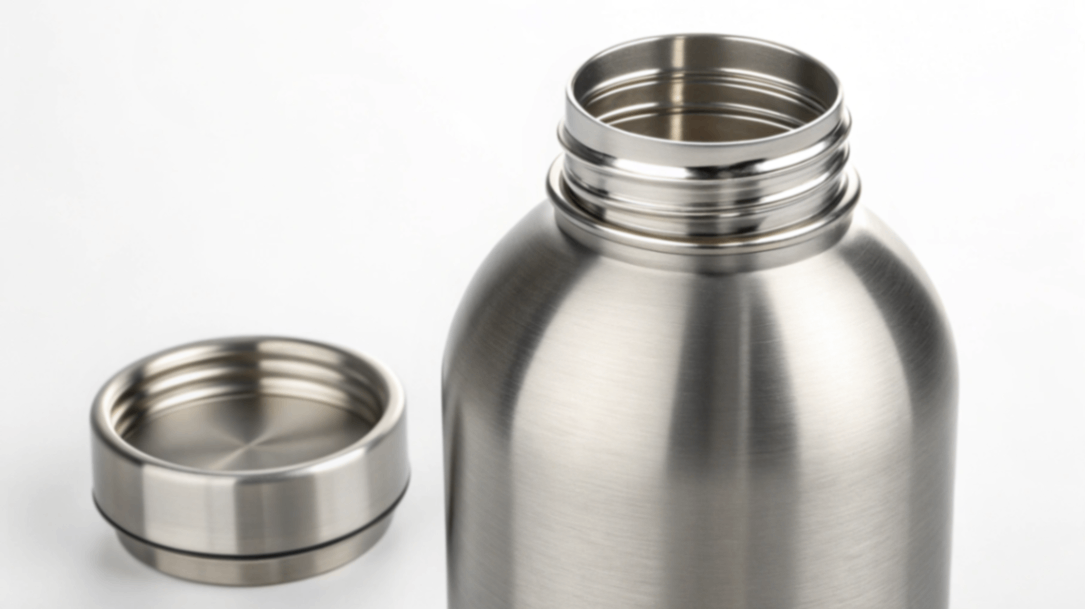
The BPA concern with stainless steel bottles typically arises from potential plastic components like lids, straws, or interior linings in some lower-quality products. At Cupique, we ensure all components that contact your beverages are BPA-free, not just the steel body.
Understanding BPA vs. Stainless Steel
BPA concerns stem from plastic bottles, not steel ones. Here's why stainless steel is different:
| Material Component | Stainless Steel Bottles | Plastic Bottles |
|---|---|---|
| Main Body Material | Iron, chromium, nickel alloy | Often polycarbonate plastics |
| BPA Presence | None in the steel itself | Common in many plastics (especially older or recycled) |
| Potential Sources of BPA | Only possible in plastic components (lids, straws) | Throughout the entire bottle |
| Temperature Stability | Maintains integrity at high temperatures | May release more chemicals when heated |
When choosing a stainless steel bottle, I recommend checking that all components are BPA-free, including lids and seals. This is especially important for bottles intended for hot beverages, as heat can accelerate chemical leaching from any plastic components. The steel body itself remains one of the safest materials available for food and beverage contact, which is why it's been the standard in professional kitchens and hospitals for decades.
Stainless steel water bottles do not contain BPATrue
Stainless steel is a metal alloy, not a plastic, and does not contain BPA.
Stainless steel water bottles are made of plasticFalse
Stainless steel water bottles are made of metal alloys, not plastic.
What Should You Not Drink With Stainless Steel
Many buyers worry about potential reactions between their favorite beverages and stainless steel containers. I've heard concerns about everything from acidic juices to alcoholic drinks potentially becoming contaminated.
While high-quality stainless steel is safe for most beverages, extremely acidic liquids like pure lemon juice, vinegar, or highly salted solutions may potentially interact with the steel over extended periods. For everyday drinks like water, coffee, tea, and diluted juices, stainless steel is perfectly safe.

The key factor in beverage compatibility isn't just the stainless steel itself, but specifically the grade and quality of the steel used. This is where many consumers misunderstand the differences between various stainless steel products.
Understanding Beverage Compatibility with Different Steel Grades
The stainless steel grade directly affects what you can safely store in your bottle. At Cupique, we primarily use 304 (18/8) stainless steel for most applications, and 316 grade for premium products where maximum corrosion resistance is desired.
| Steel Grade | Common Name | Best For | Less Suitable For |
|---|---|---|---|
| 304 (18/8) | Food-Grade Stainless | Water, coffee, tea, juices, smoothies, sports drinks | Long-term storage of neat acids, high-salt solutions |
| 316 | Marine-Grade Stainless | All of the above plus more acidic drinks, saltwater | Industrial chemicals, strong acids |
| 201, 202 | Economy Stainless | Water (short-term) | Most other beverages, especially acidic ones |
The reason we advise against storing highly acidic or salty liquids for extended periods isn't primarily a safety concern but rather to preserve the bottle's appearance and integrity. With high-quality 304 or 316 stainless steel, any potential metal migration into beverages occurs at levels far below safety thresholds established by organizations like the FDA and EU food safety authorities.
From my manufacturing experience, I've observed that the real-world issues with acidic beverages are usually cosmetic—the acids might dull the interior finish over time or potentially affect the taste of very delicate beverages. This is why professional bartenders don't typically mix or store citrus-heavy cocktails in stainless steel shakers for extended periods.
Highly acidic liquids may interact with stainless steel over timeTrue
The snippet states that extremely acidic liquids like lemon juice, vinegar, and highly salted solutions may potentially interact with stainless steel over extended periods.
Stainless steel is unsafe for all beveragesFalse
The snippet states that stainless steel is safe for most beverages like water, coffee, tea, and diluted juices.
How Long Can You Keep Water in a Stainless Steel Bottle
Many customers ask me if water "goes bad" in stainless steel bottles, concerned about both safety and taste. This question reflects a common confusion about material properties versus hygiene considerations.
Water can be safely kept in a clean stainless steel bottle for 1-3 days before it should be refreshed, not because of any interaction with the steel, but due to potential bacterial growth from environmental exposure during use. The stainless steel itself will not contaminate water regardless of storage duration.
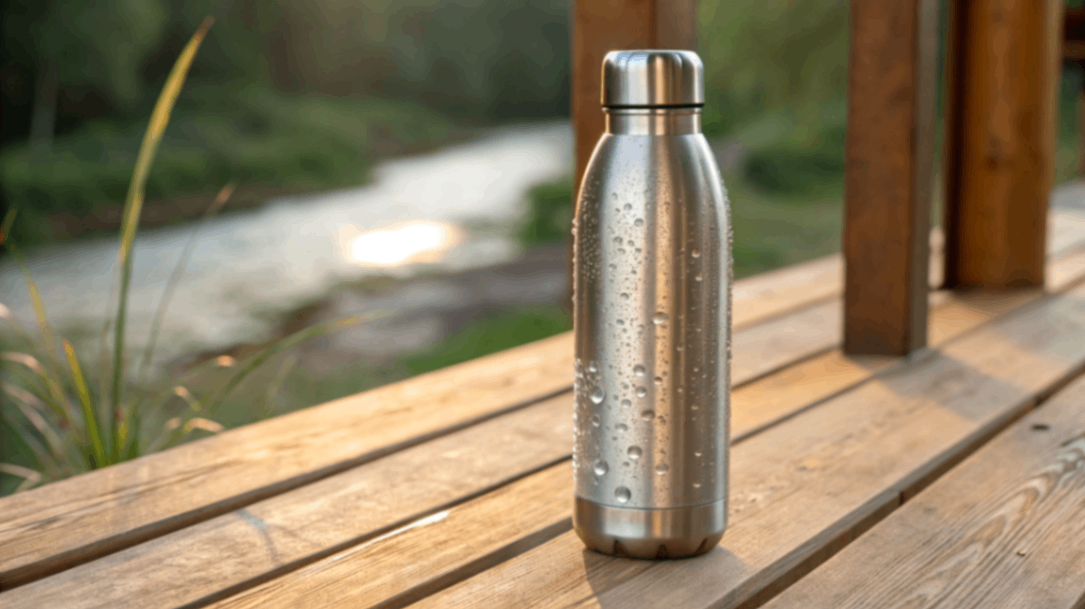
The time limit for storing water in any container, including stainless steel, is primarily about the water itself rather than the container material. This is a crucial distinction that helps understand proper bottle use and maintenance.
Water Storage: Material Safety vs. Hygiene Considerations
In my years manufacturing stainless steel bottles, I've learned that consumer confusion often stems from not distinguishing between material degradation and hygiene factors:
| Consideration | Impact on Water Storage | Recommended Practice |
|---|---|---|
| Material Degradation | Minimal to none with quality stainless steel | No specific time limit based on material alone |
| Bacterial Growth | Increases over time, especially after drinking | Refresh water daily, clean bottle regularly |
| Environmental Factors | Temperature affects bacterial growth rate | Store in cool locations, avoid direct sunlight |
| Cleaning Frequency | Directly impacts safe storage duration | Clean daily with bottle brush and mild soap |
The non-porous nature of stainless steel actually makes it one of the most hygienic materials for water storage. Unlike plastic, which can develop micro-scratches that harbor bacteria, properly maintained stainless steel provides fewer hiding places for microorganisms. This is why we recommend stainless steel for our customers who prioritize both safety and longevity.
From a practical standpoint, I recommend establishing a daily routine of emptying, rinsing, and refilling your stainless steel bottle. This practice isn't because the steel affects the water, but simply to ensure optimal freshness. For weekend trips or longer excursions where daily cleaning isn't possible, 304 or 316 stainless steel bottles will maintain water purity better than most alternatives.
Water can be safely kept in a stainless steel bottle for 1-3 daysTrue
The stainless steel itself does not contaminate the water, but bacterial growth can occur with environmental exposure.
Stainless steel bottles cannot safely store water for more than a dayFalse
Water can be safely kept in a clean stainless steel bottle for 1-3 days before needing to be refreshed.
Are There Harmful Chemicals in Stainless Steel
Health-conscious consumers often question whether stainless steel itself contains harmful substances. With increasing awareness of material safety, this concern deserves a clear, science-based answer.
Food-grade stainless steel (304/18-8 or 316) does not contain harmful chemicals that leach into beverages under normal use. The primary components—iron, chromium, and nickel—form a stable alloy. While nickel can cause reactions in some individuals with specific allergies, it remains bound in the metal matrix during typical use.

As someone overseeing stainless steel production daily, I can address the misconceptions about chemical content in stainless steel drinkware with specific industry knowledge.
Understanding Stainless Steel Composition and Safety
Stainless steel is an alloy, not a single element, and its safety profile depends on both its composition and manufacturing quality:
| Component | Typical Percentage | Function | Safety Consideration |
|---|---|---|---|
| Iron (Fe) | 65-75% | Base metal | Generally inert when part of stainless alloy |
| Chromium (Cr) | 16-18% | Creates protective oxide layer | Bound in metal matrix; minimal migration in food-grade steel |
| Nickel (Ni) | 8-10% in 304 grade | Enhances corrosion resistance | May cause reactions in people with nickel allergies upon direct skin contact |
| Carbon (C) | <0.08% | Strengthens steel | No health concerns at these levels |
| Manganese (Mn) | <2% | Improves heat resistance | Minimal migration in proper food-grade steel |
The safety of stainless steel comes from the stability of this alloy structure. Unlike some plastics that can release compounds over time, properly manufactured stainless steel forms a self-protecting chromium oxide layer that prevents the underlying metals from interacting with food or beverages.
At Cupique, we ensure safety through multiple verification steps. All our stainless steel undergoes composition testing to confirm it meets food-grade standards. We then conduct leaching tests according to FDA and LFGB protocols, where samples are exposed to food simulants (like acidic solutions) under worst-case conditions to measure any potential metal migration.
For consumers with specific nickel allergies, it's worth noting that the nickel in stainless steel primarily poses a concern for external skin contact rather than beverage contamination. The stable oxide layer that makes stainless steel "stainless" also prevents significant nickel migration into beverages. For those with extreme sensitivity, titanium bottles offer an alternative, though at a significantly higher price point.
Stainless steel does not contain harmful chemicals that leach into food or beveragesTrue
The primary components of food-grade stainless steel form a stable alloy that does not leach under normal use.
Stainless steel contains harmful nickel that can cause allergic reactions in all usersFalse
While nickel in stainless steel can cause reactions in some individuals with allergies, it remains bound in the metal matrix during typical use.
Conclusion
High-quality stainless steel water bottles are safe, BPA-free options for daily hydration. With proper cleaning and appropriate use, they provide one of the most hygienic, environmentally friendly, and durable solutions for beverage storage.
